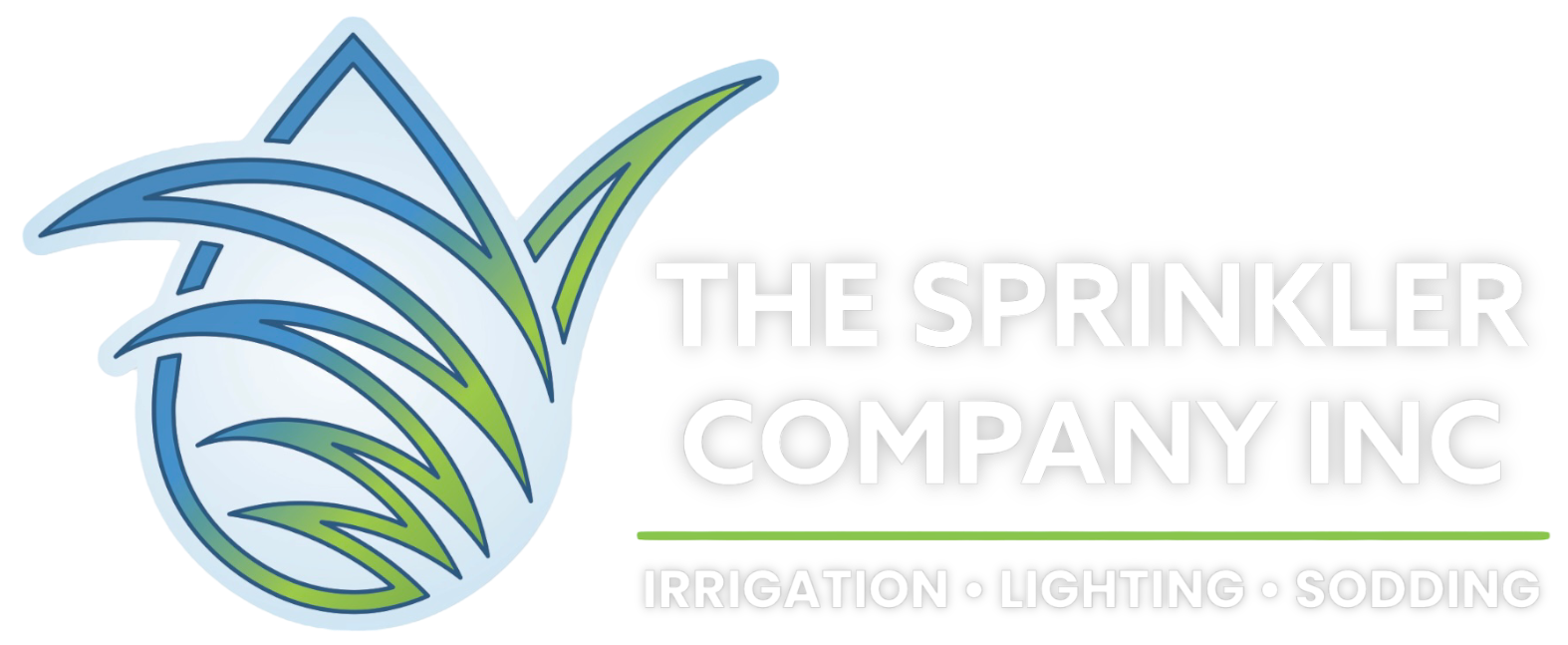Book Winterization of Your Irrigation System
Winterizing of The Sprinkler System Process
“Winterizing sprinkler system” is a fundamental process to shield against freezing temperatures during winter. This practice safeguards against potential damage and promotes system durability. Draining the system is a key part of “winterizing sprinkler system,” preventing freezing and potential pipe bursts.
To initiate the process, shut off the main water supply and open valves, allowing water to drain. Employ compressed air to remove any remaining moisture, ensuring a freeze-free system. Starting from the farthest point, use appropriate air pressure levels, following manufacturer guidelines to avert damage during “winterizing sprinkler system.”
Additionally, insulate exposed components like above-ground pipes and valves with covers or materials. “Winterizing sprinkler system” not only prevents damage but also minimizes spring repair needs. This practice is indispensable for responsible irrigation system maintenance, ensuring longevity and effective functionality.
Here’s What You Need to Know about Winterizing of Sprinkler System
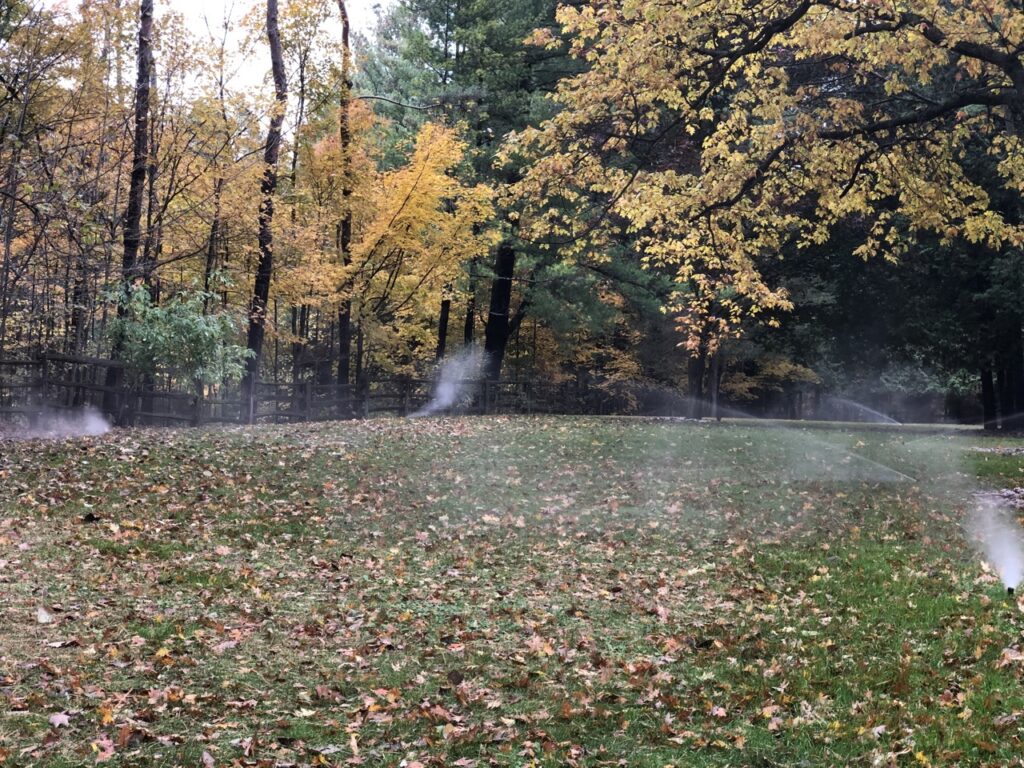
5 Steps to Effective Winterizing of Sprinkler System
Effective winterization of a sprinkler system is essential to prevent costly damage caused by freezing temperatures. Here are five crucial steps to ensure a thorough winterization process:
Begin by shutting off the main water supply to the sprinkler system. This prevents water from flowing into the system during the winter months.
Open all the valves and drain the water from the pipes, valves, and sprinkler heads. Use manual draining or an automatic drain valve if available. Ensure that no water is left in the system to avoid freezing and potential pipe bursts.
Attach an air compressor to the system using an appropriate adapter. Blow out the remaining water from the pipes by starting from the farthest sprinkler head and moving towards the main water supply. Gradually increase the air pressure to avoid damaging the system components.
Insulate above-ground pipes, backflow preventers, and other exposed components using insulating materials or covers. This helps protect them from extreme cold and reduces the risk of damage.
Store any removable components, such as sprinkler heads and valves, in a dry and temperature-controlled area for the winter. This prevents them from being exposed to freezing temperatures and potential damage.
Following these five steps will ensure your sprinkler system is effectively winterized, reducing the risk of costly repairs come springtime. Regular winterization prolongs the life of your system and sets the stage for a trouble-free irrigation season.
Why Do You Need to Book Winterization of Sprinkler System?
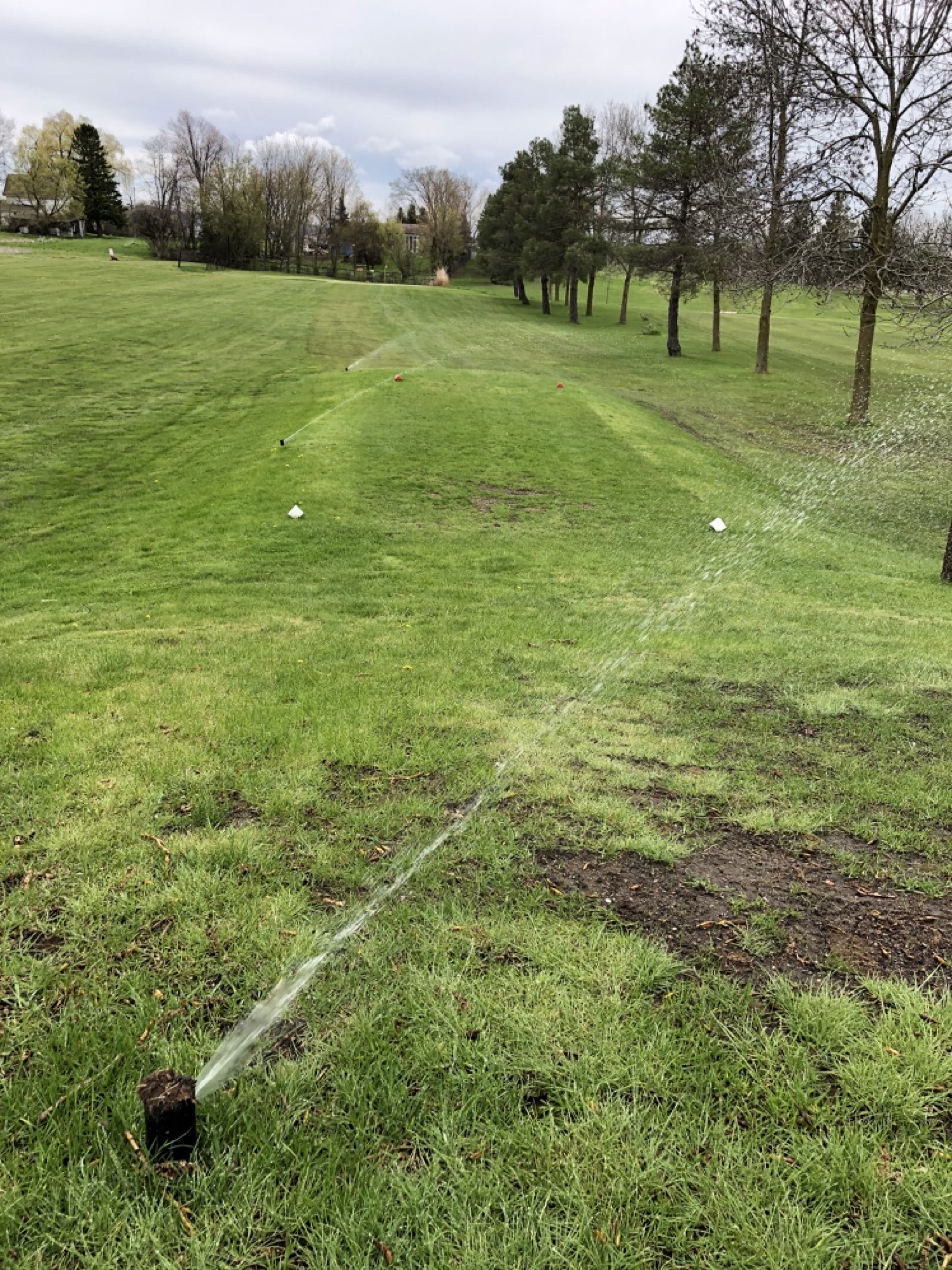
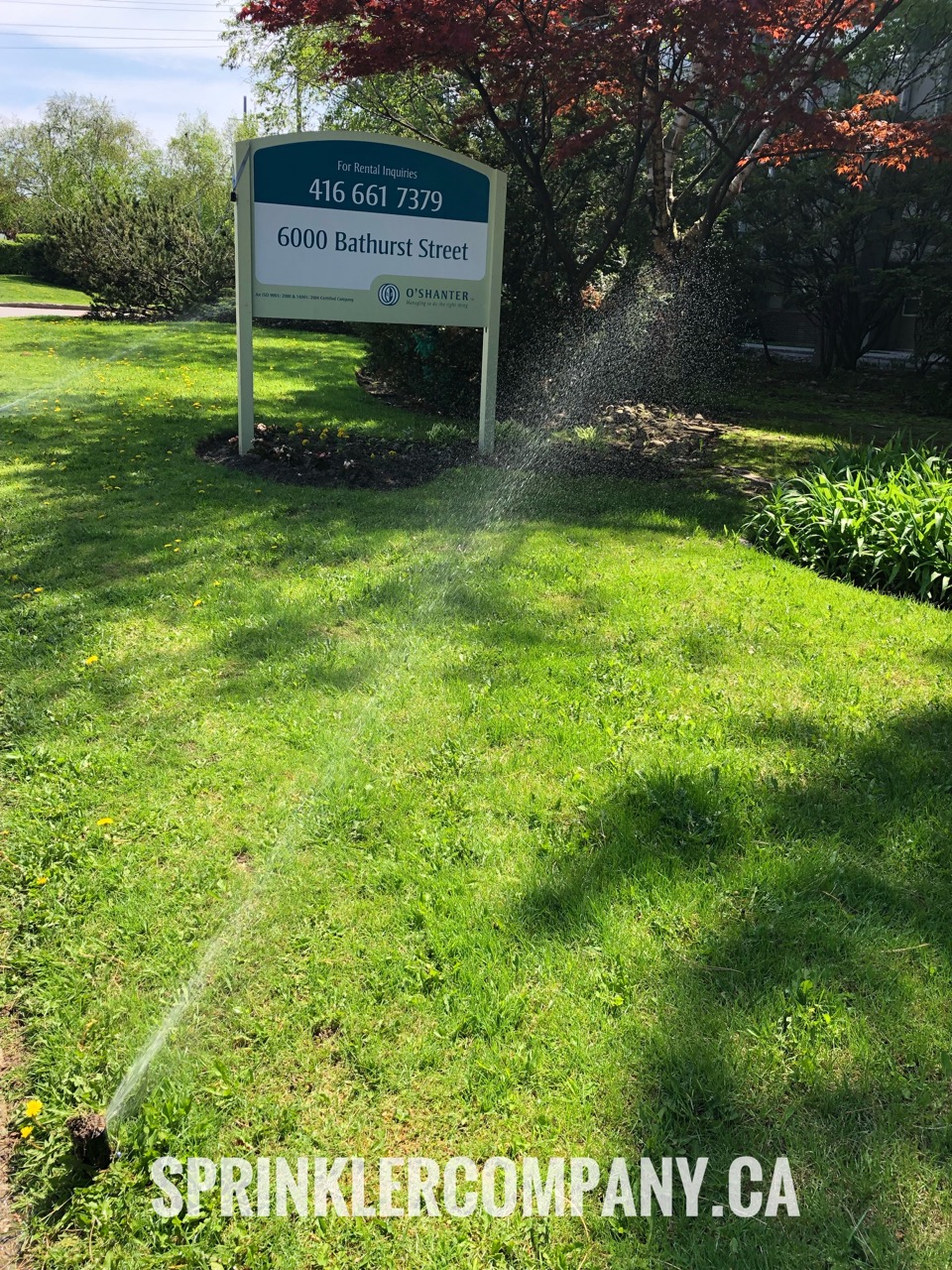
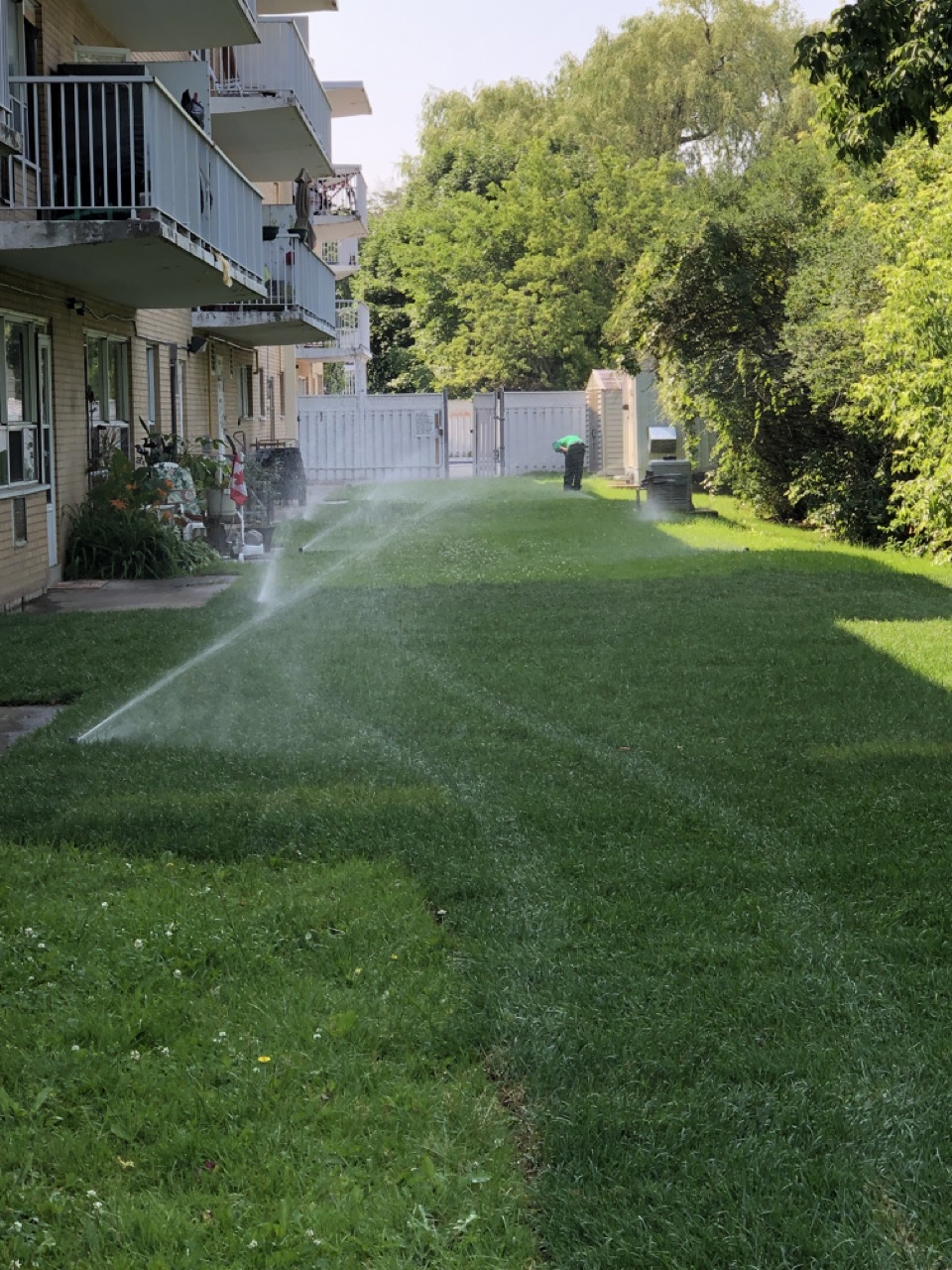
Proper “winterizing sprinkler system” is vital to prevent potential cold-weather damage. Without adequate measures, water within components can freeze, leading to cracked pipes, valves, and heads. By executing “winterizing sprinkler system” procedures, ensure resilience against freezing challenges. The process involves thoroughly draining all water, guaranteeing elimination of residual moisture. Neglecting “winterizing sprinkler system” leads to costly spring repairs. Prioritize “winterizing sprinkler system” for longevity. It shields against freezing hazards, sustaining efficiency. Remember, it’s not just a task; it’s fundamental for system health and durability.
Benefits of Winterization of Sprinkler System
Thorough “winterization sprinkler system” procedures prevent water from freezing within the components, avoiding the potential damage that freezing can cause to pipes, valves, and sprinkler heads.
By investing in “winterization sprinkler system,” you avoid the costly repairs that can result from freeze-related damage. This proactive approach saves you money in the long run.
Adequate “winterization sprinkler system” practices extend the lifespan of your irrigation system by protecting it from the harsh effects of winter weather, ensuring it remains operational season after season.
Proper “winterization sprinkler system” methods help preserve the efficiency of your system. By preventing damage, you ensure that the system functions optimally when it’s time to use it again.
With effective “winterization sprinkler system,” your landscaping and plants are safeguarded. Maintaining a healthy landscape is easier when your sprinkler system is intact, contributing to the overall beauty and value of your property.
